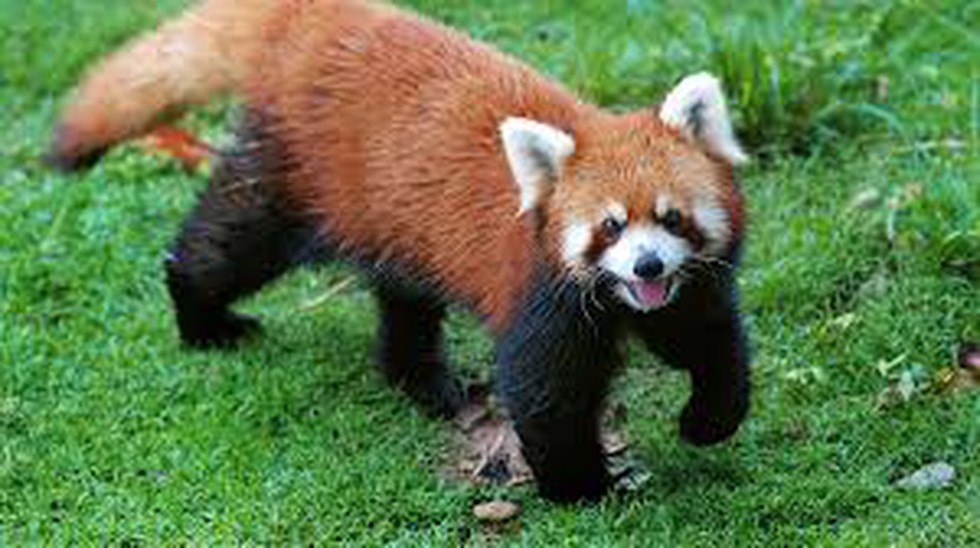About Red Panda:
- It is primarily an herbivore species.
- They use their long, bushy tails for balance and to cover themselves in winter, presumably for warmth.
- It is a shy, solitary and arboreal animals and considered an indicator species for ecological change.
- Appearance: It is of the size of a house cat, the red panda is famous for its cute face and adorable defense stance.
- Distribution: It lives in the mountainous forests of Bhutan, China, India, Myanmar, and Nepal. Almost 50% of their habitat is in the Eastern Himalayas.
- Threats: Red panda habitat is in decline. The loss of nesting trees and bamboo in the Eastern Himalayas—the location of almost 50% of the red panda’s habitat—is causing a decline in red panda populations across much of their range.
- Conservation status
- IUCN Red list: Endangered
- CITES: Appendix I
- The Wildlife Protection Act 1972: Schedule I.
Key facts about Eaglenest Wildlife Sanctuary
- It is a protected area of India in the Himalayan foothills of West Kameng District, Arunachal Pradesh.
- It conjoins Sessa Orchid Sanctuaryto the northeast and Pakhui Tiger Reserve across the Kameng river to the east.
- It is situated in the biodiversity hotspot of Eastern Himalayas and home to over 500 bird species.
- Altitude ranges are extreme: from 500 metres (1,640 ft) to 3,250 metres (10,663 ft).
- It is also a part of the Kameng Elephant Reserve.
